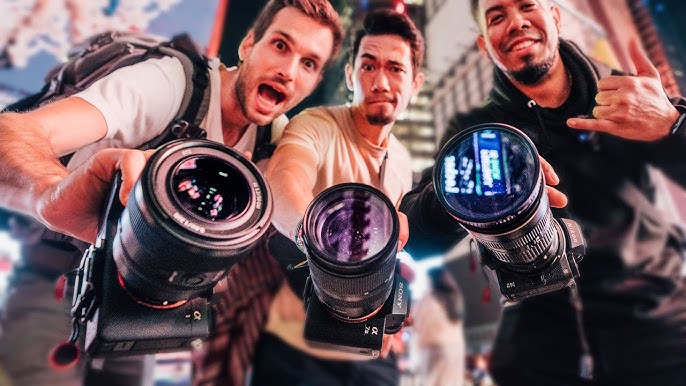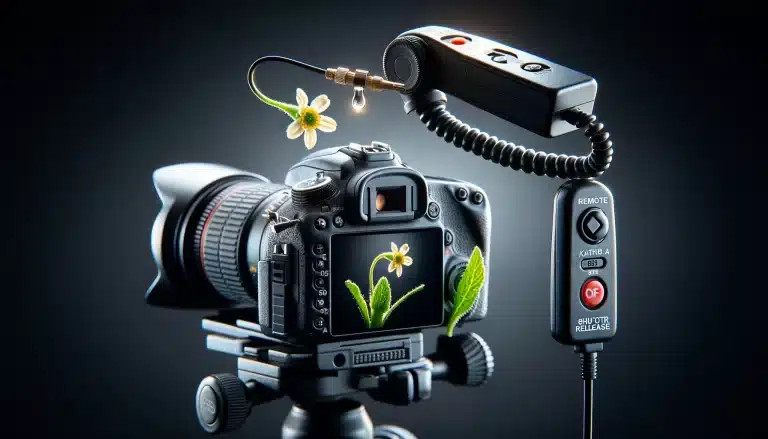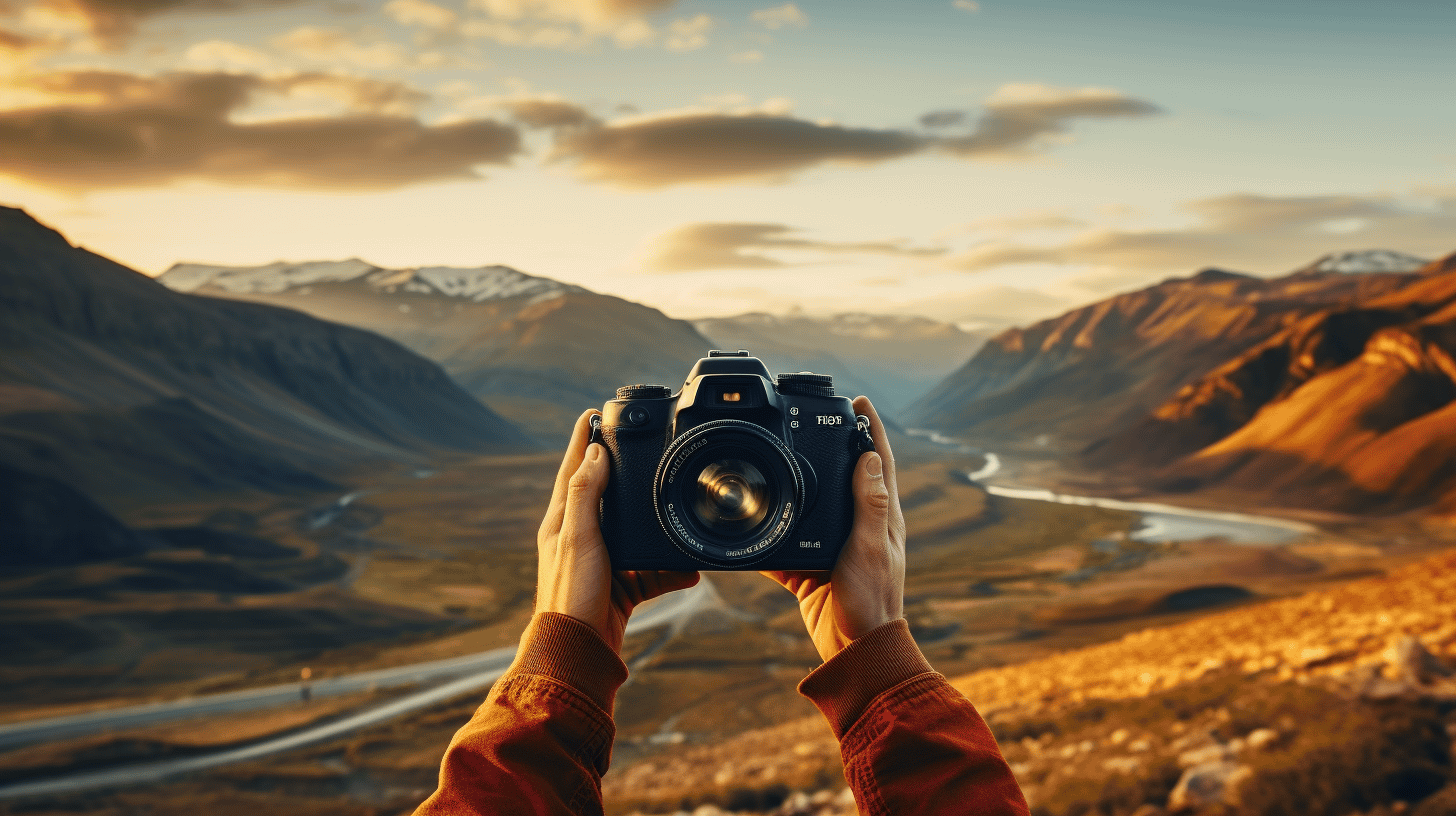Unveiling the Art of Photography: Innovative Techniques and Emerging Trends

23-12-2024, 07:49 Admin 2 039 0
Photography is an ever-evolving art form, with continual advancements in technology and technique reshaping the way we create and consume images. This article will explore some of the current innovative techniques changing the landscape of photography and how emerging trends are redefining the parameters of this art form.
Firstly, let's delve into the role of computational photography. This is a technique that employs digital computation instead of optical processes to create an image. Simply put, software partially or completely replaces the role of hardware in the capturing and processing of photographs. One exemplary manifestation of computational photography is the iPhone’s portrait mode, which uses software to recreate the bokeh effect traditionally achieved with DSLR cameras.
Another innovative technique gaining traction is the use of drones for aerial photography. This is no longer reserved for cinematographers with big budgets but is now accessible to mainstream photographers as drone technology gets increasingly affordable and user-friendly. The bird's-eye view achieved through drones offers unique, dynamic compositions that provide an entirely new perspective in photography and artistry.
Technological advancements have also paved the way for Mirrorless cameras, another trend that’s revolutionizing photography. Unlike DSLRs which utilize a mirror to reflect light into a prism or directly onto the viewfinder, mirrorless cameras forego this internal reflection, enabling a smaller, more portable build while maintaining high image quality. This ‘mirrorless revolution’ optimizes efficiency and leads to the democratization of professional-grade photography by making such tech more accessible and less burdensome.
In the realm of post-processing, artificial intelligence (AI) has emerged as a powerful tool. Applications like Luminar and Photoshop utilize AI for features like sky replacement, skin smoothing, or object removal. The efficiency provided by these AI-powered processes means photographers can save valuable hours in post-processing and focus more on the shooting process.
Moving onto the nebulous world of virtual and augmented reality, these technologies offer compelling possibilities for experiential photography. These tools can completely immerse viewers in the photo, giving the ability to interact with a photo's surroundings or even step into and explore the photo themselves.
In conclusion, technological advancements are driving the expansion of boundaries in the field of photography. While some purists may argue that these innovations take away from photography’s authenticity, it’s interesting to consider these as tools that photographers can utilize to unravel new avenues of creativity and storytelling. The advent of innovative techniques like computational and aerial photography, evolving technologies in cameras, and the use of Artificial Intelligence in post-processing, all harbingers a new dawn for this art form, ripe with limitless potential and efficiency.
In the face of these burgeoning trends, the art of photography will inevitably continue its perpetual metamorphosis, providing creators with an increasing array of tools and techniques to express their artistic vision. The role of the artist is to find balance, to use these innovations to tell their story, and to find their unique voice in the flurry of ever-emerging technology and trends.
Firstly, let's delve into the role of computational photography. This is a technique that employs digital computation instead of optical processes to create an image. Simply put, software partially or completely replaces the role of hardware in the capturing and processing of photographs. One exemplary manifestation of computational photography is the iPhone’s portrait mode, which uses software to recreate the bokeh effect traditionally achieved with DSLR cameras.
Another innovative technique gaining traction is the use of drones for aerial photography. This is no longer reserved for cinematographers with big budgets but is now accessible to mainstream photographers as drone technology gets increasingly affordable and user-friendly. The bird's-eye view achieved through drones offers unique, dynamic compositions that provide an entirely new perspective in photography and artistry.
Technological advancements have also paved the way for Mirrorless cameras, another trend that’s revolutionizing photography. Unlike DSLRs which utilize a mirror to reflect light into a prism or directly onto the viewfinder, mirrorless cameras forego this internal reflection, enabling a smaller, more portable build while maintaining high image quality. This ‘mirrorless revolution’ optimizes efficiency and leads to the democratization of professional-grade photography by making such tech more accessible and less burdensome.
In the realm of post-processing, artificial intelligence (AI) has emerged as a powerful tool. Applications like Luminar and Photoshop utilize AI for features like sky replacement, skin smoothing, or object removal. The efficiency provided by these AI-powered processes means photographers can save valuable hours in post-processing and focus more on the shooting process.
Moving onto the nebulous world of virtual and augmented reality, these technologies offer compelling possibilities for experiential photography. These tools can completely immerse viewers in the photo, giving the ability to interact with a photo's surroundings or even step into and explore the photo themselves.
In conclusion, technological advancements are driving the expansion of boundaries in the field of photography. While some purists may argue that these innovations take away from photography’s authenticity, it’s interesting to consider these as tools that photographers can utilize to unravel new avenues of creativity and storytelling. The advent of innovative techniques like computational and aerial photography, evolving technologies in cameras, and the use of Artificial Intelligence in post-processing, all harbingers a new dawn for this art form, ripe with limitless potential and efficiency.
In the face of these burgeoning trends, the art of photography will inevitably continue its perpetual metamorphosis, providing creators with an increasing array of tools and techniques to express their artistic vision. The role of the artist is to find balance, to use these innovations to tell their story, and to find their unique voice in the flurry of ever-emerging technology and trends.
Related News
Leave a Comment


